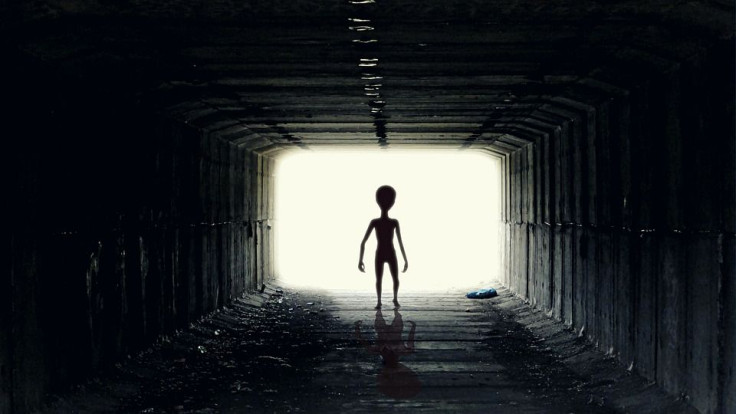A new paper has revealed that scientists believe the existence of a party drug in space points to proof of life on other planets.
According to the paper published by scientists at the University of California Riverside, nitrous oxide, also known as laughing gas, could be an indicator for whether there are aliens. Humans inhale it for a quick high. The paper was published in the Astrophysics Journal, and it suggested the concept that space could be full of the same gas could also be an indicator for whether or not a planet is habitable.
UCR astrobiologist Eddie Schwieterman said in a press release that fewer researchers have "seriously considered nitrous oxide, but we think that may be a mistake."
According to Daily Star, the astrobiologist and his team at UC Riverside's Department of Earth and Planetary Sciences calculated how regularly living organisms produce nitrous oxide. Them they entered that data into a planetary model. The team then determined that habitable exoplanets with nitrous oxide-rich atmospheres could be detected by using technology like the James Webb Space Telescope. There are some non-biological situations that produce nitrous oxide like the small amount released by lightning strikes.
But the UCR team accounted for that possibility in its modeling. It noted that lightning also releases nitrogen dioxide. It could also be detected in small levels and used to rule a planet out.
Other researchers who have considered nitrous oxide as a bio-signature have pointed out that the compound doesn't exist in high quantities in Earth's atmospheres even though there are numerous life forms living here. But Schweiterman said that the conclusions don't "account for periods in Earth's history where ocean conditions would have allowed for much greater biological release of (nitrous oxide)." He added that conditions in those periods "might mirror where an exoplanet is today."
He also shared that common stars like K and M dwarfs produce a light spectrum. It is less effective at breaking up the nitrous oxide molecule than the Earth's sun is. These two effects combined could increase the predicted amount of this biosignature gas on an inhabited planet. He and the team believe that now is the time for astrobiologists to consider alternative biosignature gases like nitrous oxide. They feel so as the James Webb telescope might soon be sending information about the atmospheres of Earth-like planets in the TRAPPIST-1 system.

© 2025 Latin Times. All rights reserved. Do not reproduce without permission.




